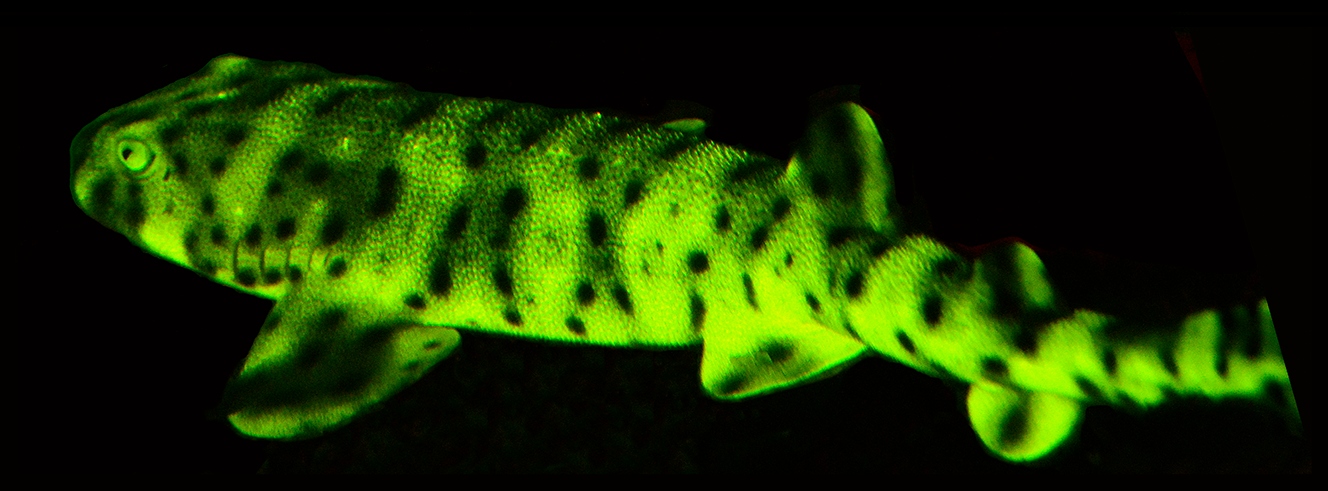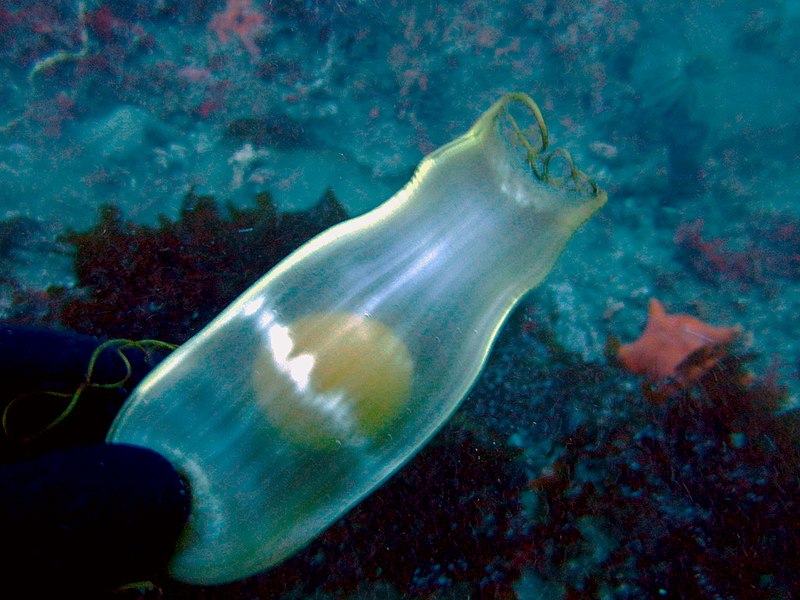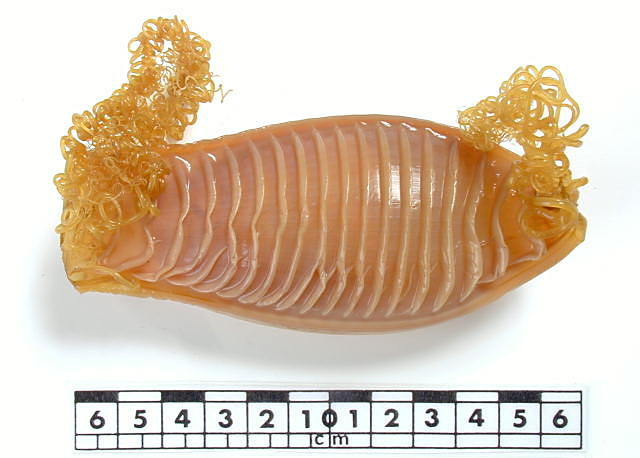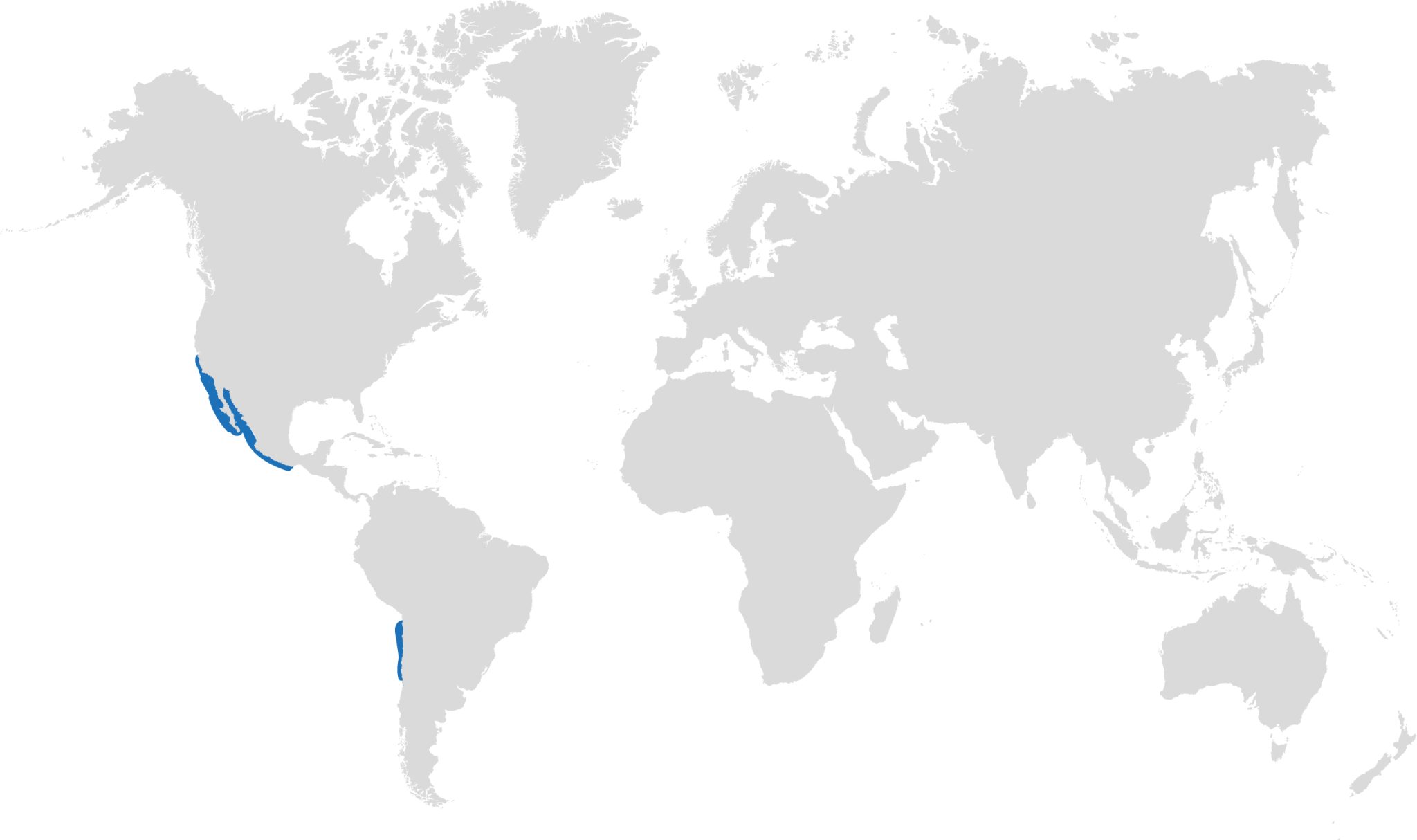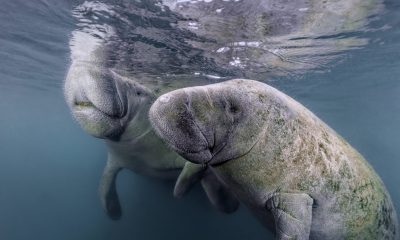Marine Life & Conservation Blogs
Creature Feature: Swell Sharks
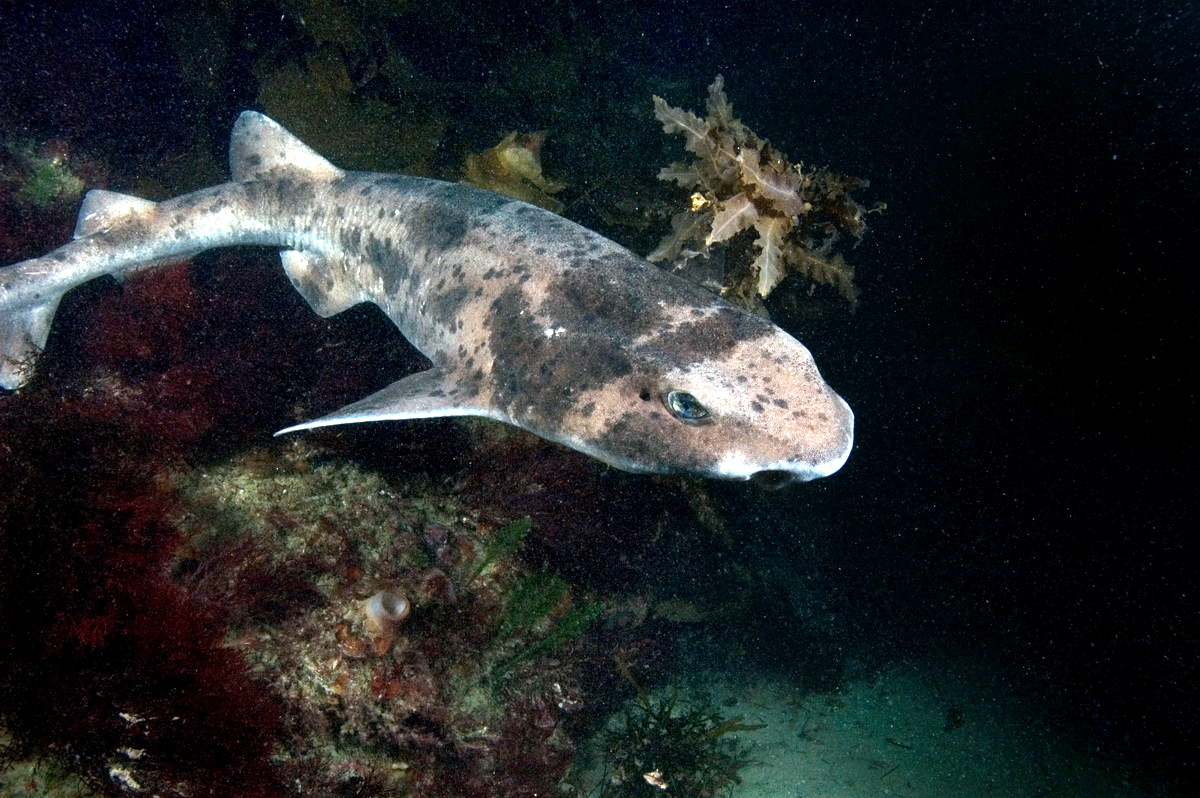
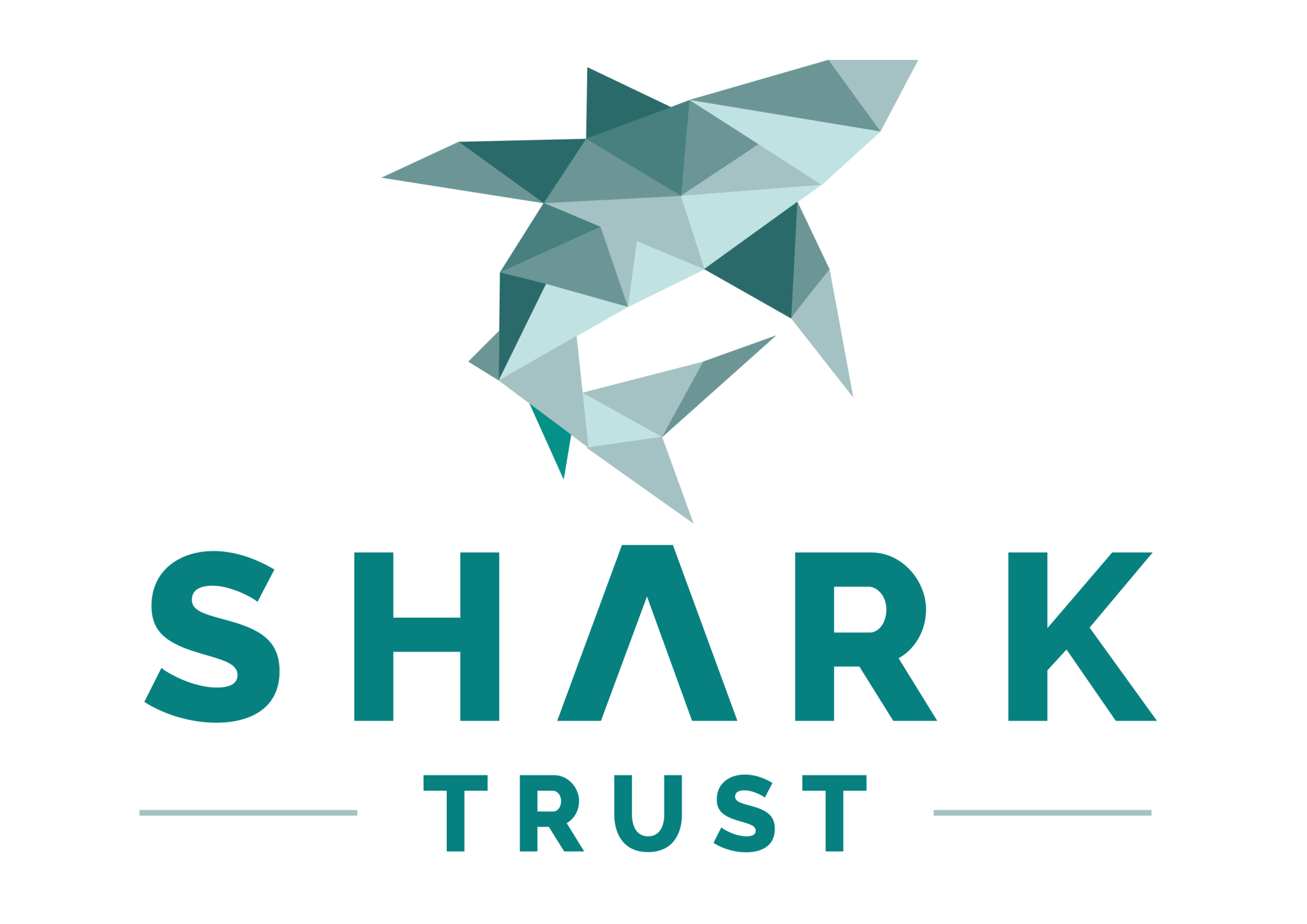 In this series, the Shark Trust will be sharing amazing facts about different species of sharks and what you can do to help protect them.
In this series, the Shark Trust will be sharing amazing facts about different species of sharks and what you can do to help protect them.
This month we’re taking a look at some truly swell sharks, the Swell Sharks!
Swell Sharks are a group of catsharks belonging to the family Scyliorhinidae. Their most unique feature is probably their threat response: they are able to expand their bodies to twice their normal size by swallowing water! This wedges them into their hiding spot, making it more difficult for predators to bite them from inside.
There are 18 different species of swell shark. In this article, we will focus on two of them, the Swell Shark (Cephaloscyllium ventriosum) and the Australian Swell Shark (Cephaloscyllium laticeps).
The Swell Shark (Cephaloscyllium ventriosum)
Biofluorescence
In 2019, scientists discovered the molecules responsible for a special ability of the swell shark – their biofluorescence. In the dark, special amino acids in their skin reflect the moonlight, appearing bright green in the darkness. This has been found to be species specific, and sex specific, and therefore this unique adaptation may function to help sharks species recognise each other or even potential mates. It may also play a role in camouflage.
Australian Swellshark, Cephaloscyllium laticeps
The Australian Swellshark is also sometimes known as the Draughtboard Shark due to its colouration: It has 11 brown ‘saddles’ that alternate with blotches on its flanks, forming a pattern resembling that of a checkerboard.
Oviparity
Like many other species of Swell Shark, the Australian Swellshark is oviparous. This means that the adult swell shark lays an eggcase with the embryo inside. Depending on the species, the shark may lay two at a time. These eggcases contain a developing embryo and a yolk. Before hatching, the embryo can feed on this yolk for sustenance as it grows. Once fully developed, the embryo hatches out as a fully formed miniature version of the adult shark.
Australian Swell Sharks have a particularly interesting eggcase: cream-coloured and flask shaped, this eggcase has 19-27 transverse ridges (lined horizontally across the eggcase). As with most catsharks, there are long curly tendrils on either end too.
Status
Although the Swell Shark is listed as Least Concern globally on the IUCN Red List of Threatened Species, some species of are listed as Critically Endangered. Take, for instance, the Whitefin Swellshark, endemic to southeastern Australia. Much of its habitat overlaps with areas of intensive fishing effort – as such, although not a target species, they were and still are frequently caught as bycatch. According to the IUCN, populations have reduced by >80% over the past three generations,
Scientific Name: Cephaloscyllium ventriosum
Family: Scyliorhinidae
Maximum Size: 110cm
Diet: Small crustaceans, cephalopods and fish
Distribution: Eastern Pacific, most commonly found at 5m to 40m depth.
Habitat: Usually found in rocky areas of kelp beds.
Conservation Status: They’re not typically targeted for food as their meat is generally considered to be of poor quality. They are however, often caught as bycatch in gillnets and trawls.
IUCN Red List Status: Least Concern
For more great shark information and conservation visit the Shark Trust Website
Image Credits:
biofluorescence (Sparks, J. S.; Schelly, R. C.; Smith, W. L.; Davis, M. P.; Tchernov, D.; Pieribone, V. A.; Gruber, D. F., CC BY 4.0 <https://creativecommons.org/licenses/by/4.0>, via Wikimedia Commons)
laticeps (Mark Norman / Museum Victoria, CC BY 3.0 <https://creativecommons.org/licenses/by/3.0>, via Wikimedia Commons)
Eggcase 1 ‘Cephaolscyllium ventriosum’ (vagabondvince310, CC BY 2.0 <https://creativecommons.org/licenses/by/2.0>, via Wikimedia Commons)
Eggcase 2 ‘Cephaloscyllium laticeps eggcase’ (Museum Victoria, CC BY 3.0 <https://creativecommons.org/licenses/by/3.0>, via Wikimedia Commons)
Blogs
Seal Encounter Dives at Lundy Island
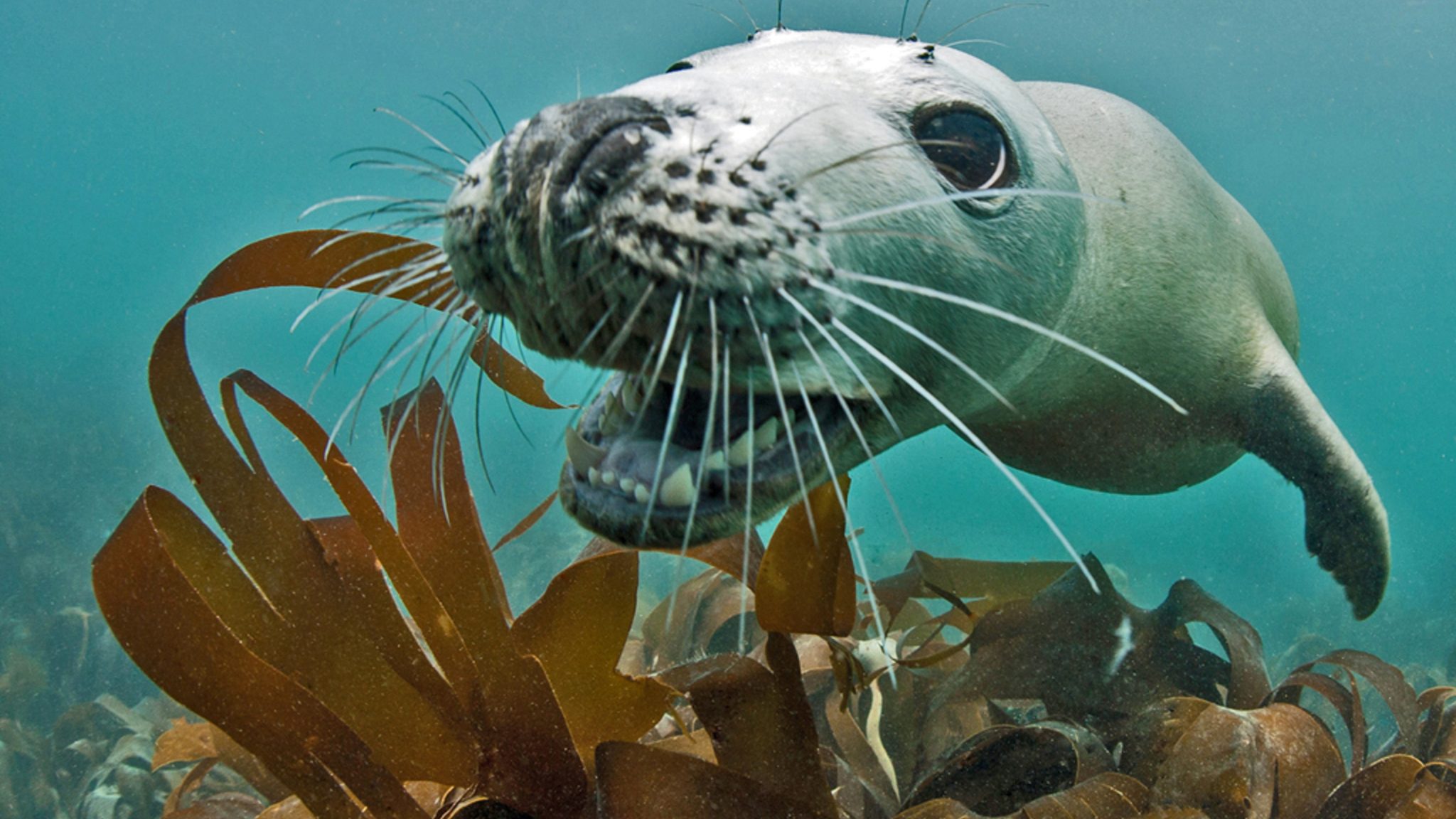
Voted No. 3 on the Top 10 Ultimate British Isles Bucket List by The Independent, these dives offer the closest marine mammal encounter available to divers in the UK. Friendly and playful, respectful divers are often rewarded by incredible interaction with the Lundy Seals.
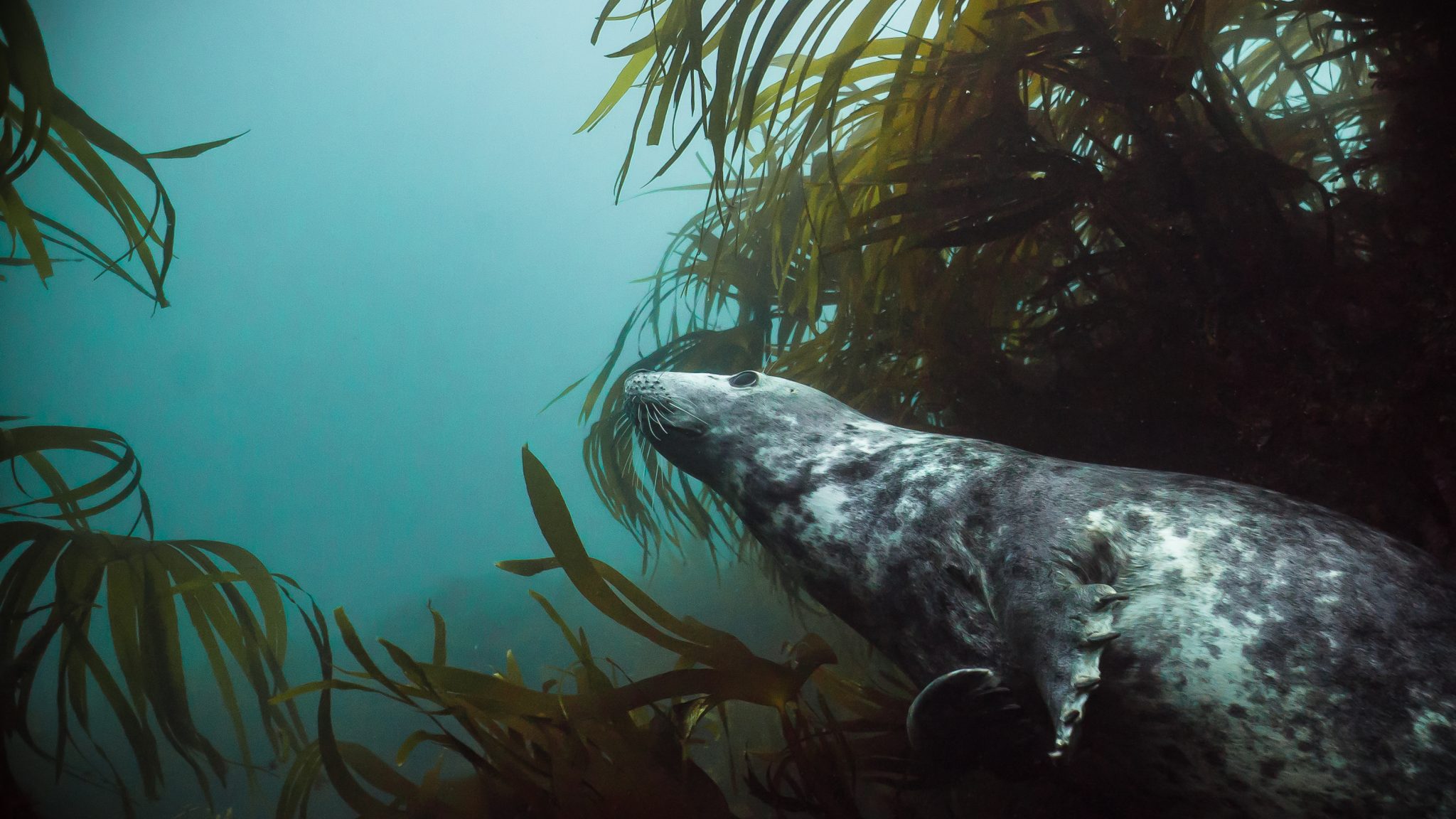
Easy Divers has been running guided dive trips to Lundy for nearly 10 years and offers dive equipment hire if required. Trips depart from the stunning harbour town of Ilfracombe in North Devon and Dolphins are often seen during the boat passage.
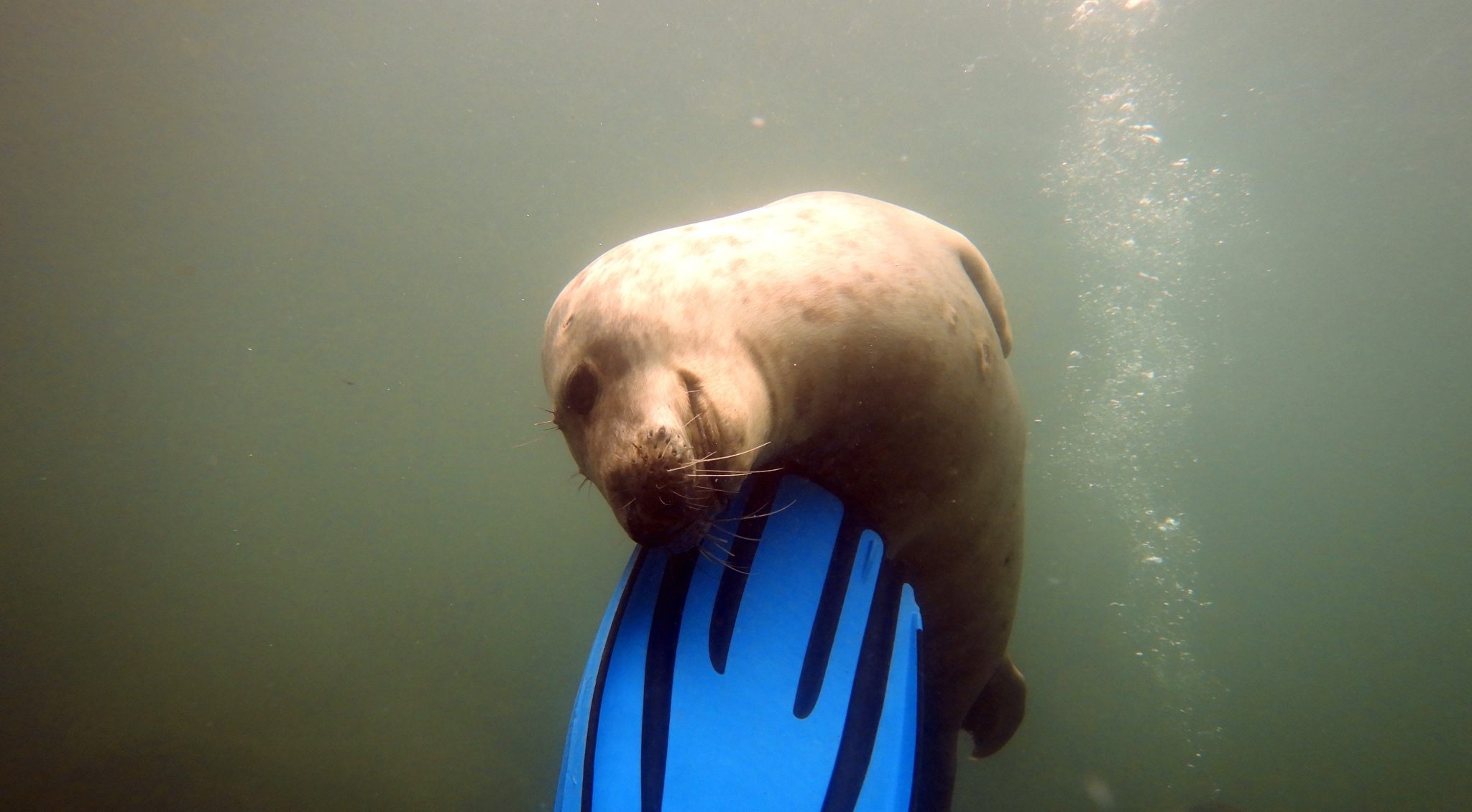
In addition to diving, Ilfracombe is a great base from which to hike the South West Coast Path, dip into surfing at the UK’s first World Surf reserve, enjoy other water sports or head to Exmoor National Park.
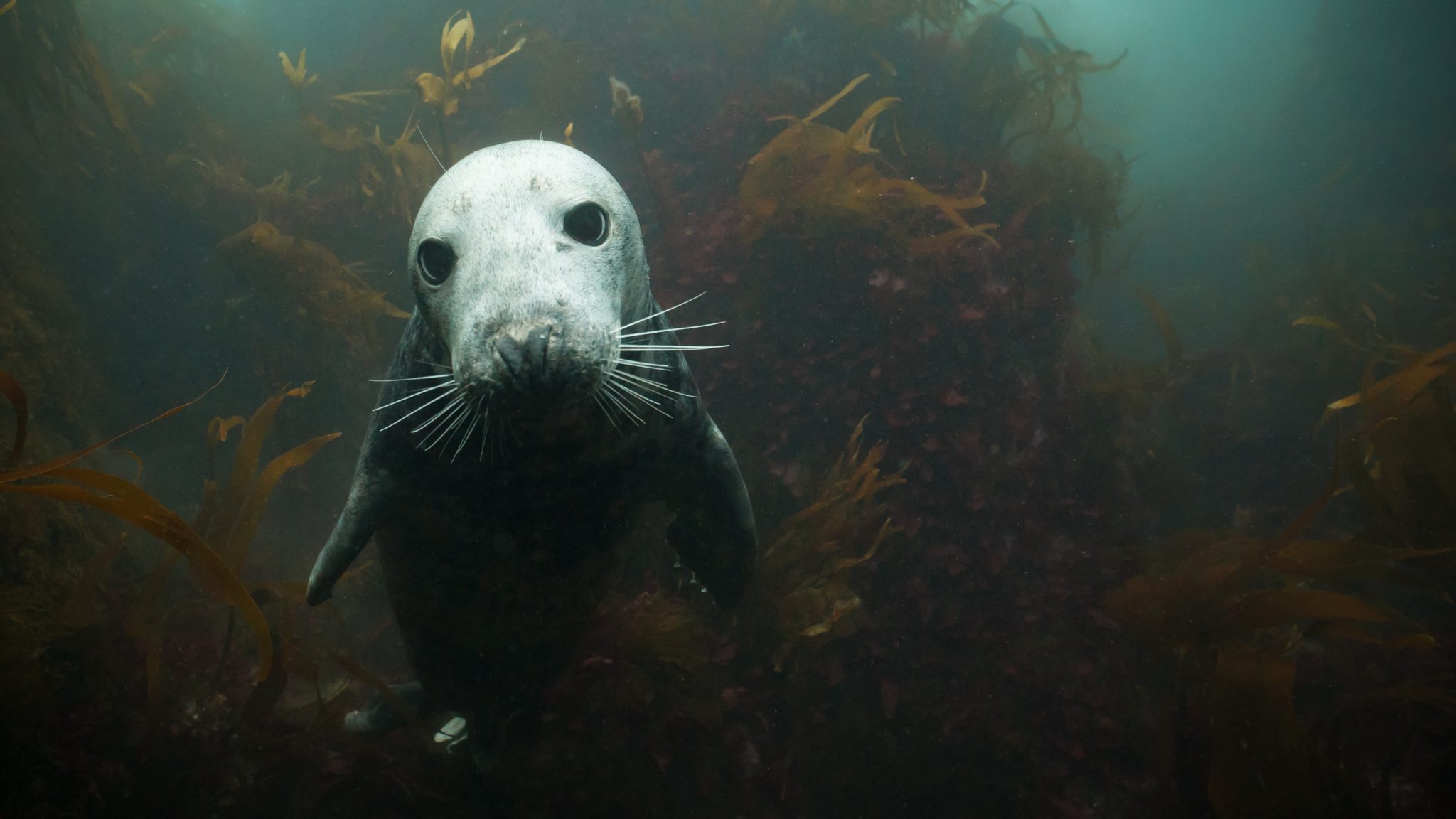
Easy Divers also runs a diver-friendly guest house, with a discount for diving customers and kit rinsing and drying facilities.
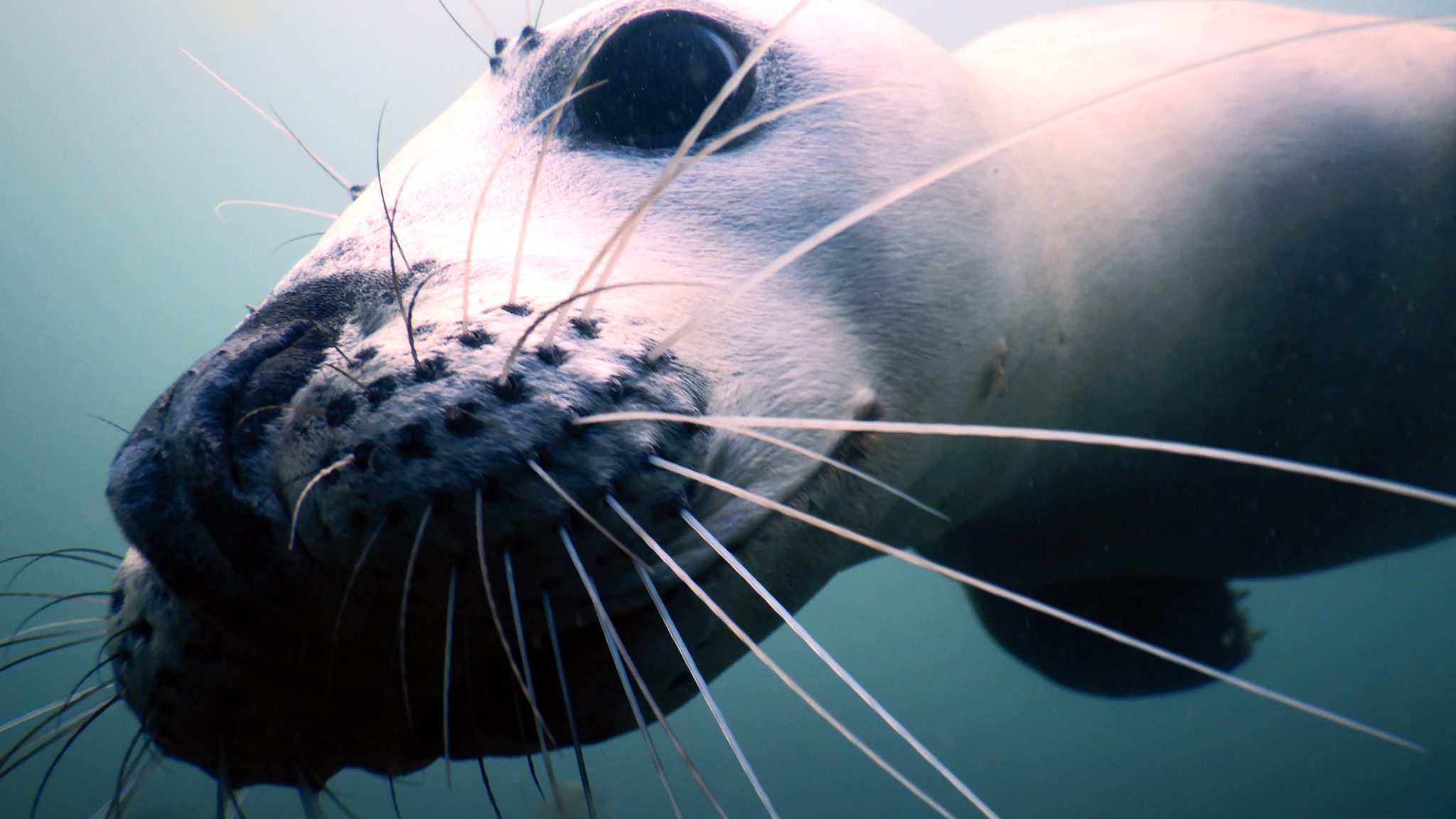
The Seal encounter dive sites are shallow and sheltered and are suitable for divers of all levels, making them a great introduction to British diving.
Exclusive Offer for Scubaverse Subscribers
Use your exclusive Scubaverse discount code scubaverse10% before the end of June and join us for a Seal encounter dive trip to Lundy Island, on any trip date with availability this Summer. Visit https://www.easydiversnorthdevon.co.uk/lundy-dive-trips/seal-encounter-dive-trips/ and enter code scubaverse10% at the on-line check out.
Trips book out well ahead, so book now to avoid disappointment. To save 10% on any 1 night stay at our guest house, please call 07833 020424. We offer free cancellation for divers who book a 1 night stay, if we have to re-schedule due to unsafe weather.
Join us for Britain’s best marine mammal diving experience!
Trips run from end of May to mid-October and are bookable via email at info@easydiversnorthdevon.co.uk, on-line via the Easy Divers website, www.easydiversnorthdevon.co.uk, or call 07833 020424 for more info
Blogs
Heading out on the water this Summer? Watch for manatees
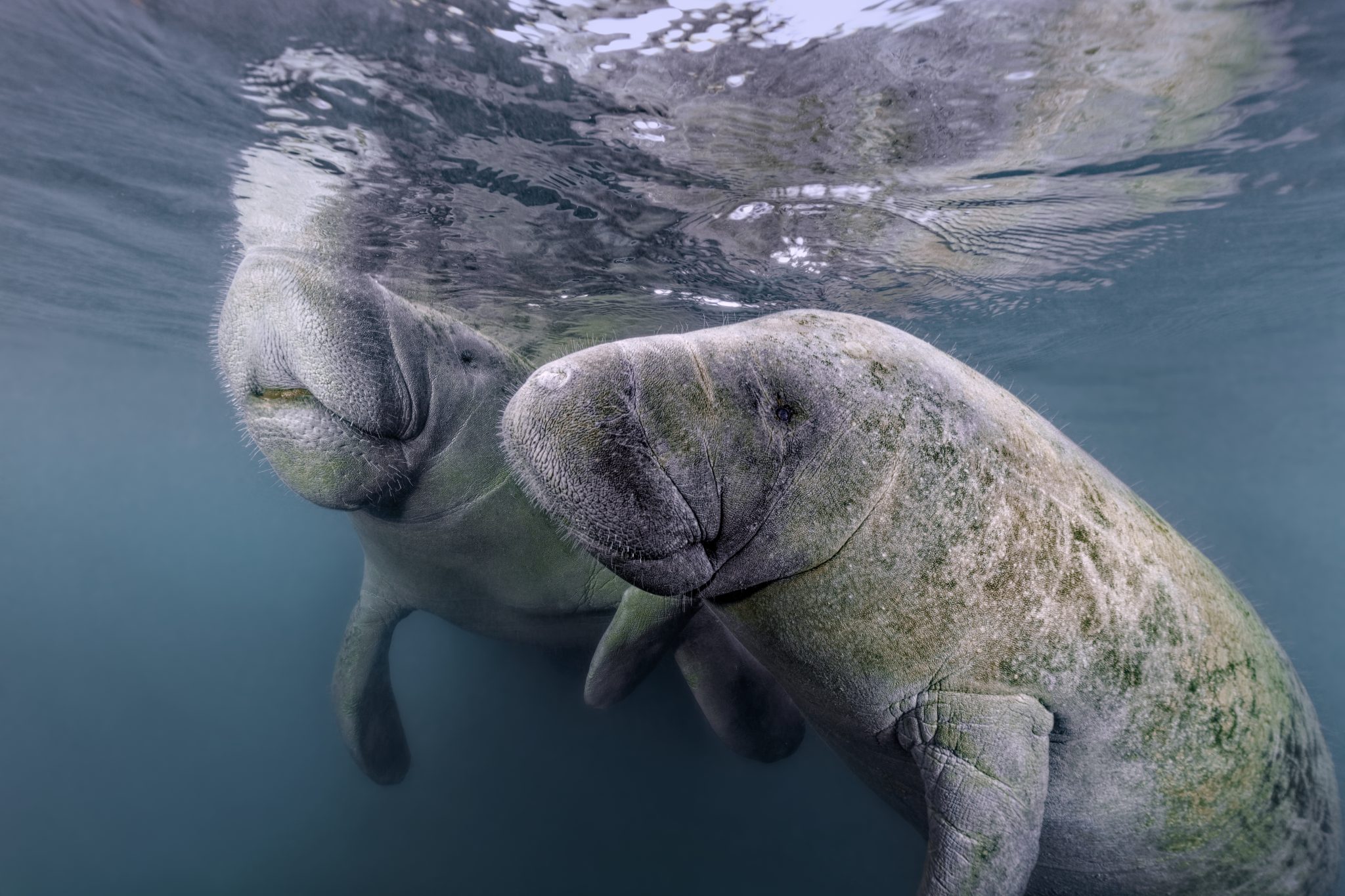
As National Safe Boating Week approaches, Save the Manatee® Club is urging boaters, and anyone that enjoys Florida’s waterways, to respect and protect the defenseless manatees that inhabit our shared waterways. From May 18 to 24, leading up to Memorial Day Weekend, the campaign aims to raise awareness about recreational boating safety and the importance of safeguarding imperiled manatees during the summer boating season. This week also emphasizes the importance of encouraging boaters to enroll in a boating safety course.
Manatees are semi-migratory marine mammals that are commonly found in shallow estuaries, bays, rivers, canals, and coastal areas throughout Florida and neighboring states. With some manatees venturing as far west as Texas and as far north as Massachusetts, collisions between these gentle giants and watercraft have become distressingly frequent. Boat propellers and high-speed collisions pose significant threats to manatees, often resulting in severe injuries or even death.
Save the Manatee Club is calling on all water enthusiasts to follow essential manatee safety tips to ensure the well-being of the imperiled manatee:
- Obey Speed Zone Signs: Familiarize yourself with and adhere to posted speed limits to prevent collisions with manatees.
- Reduce Glare with Polarized Sunglasses: Wear polarized sunglasses to enhance visibility and spot manatees below the water’s surface.
- Recognize Manatee Signs: Learn to identify signs of manatees in the area, such as swirls or flat spots on the water caused by their movements.
- Respect Manatee Sanctuaries: Keep a safe distance from posted manatee sanctuaries and avoid pursuing or harassing these marine mammals, as it is illegal and can disrupt their natural behaviors.
- Report Distressed Manatees: In Florida, promptly report distressed, injured, tagged, or orphaned manatees to the Florida Fish and Wildlife Conservation Commission (FWC) at 1-888-404-FWCC (3922). Outside of Florida, report sightings to the appropriate state agency or rescue organization. A list of agencies to contact is available at savethemanatee.org/report.
- Protect Seagrass Beds: Avoid boating over seagrass beds and shallow areas where manatees may be feeding. Stick to deep water channels while remaining vigilant, as manatees also utilize these channels during their travels.
- Dispose of Fishing Line Responsibly: Anglers should properly dispose of or recycle used fishing line to prevent entanglement hazards for manatees.
“Each year, National Safe Boating Week provides an excellent reminder for all of us to be aware that we share our waterways with vulnerable manatees,” emphasized Patrick Rose, Aquatic Biologist and Executive Director of Save the Manatee Club. “With the recent Unusual Mortality Event on Florida’s East Coast claiming an alarming number of manatees’ lives, it is more crucial than ever to prevent preventable deaths caused by watercraft collisions. By following manatee-safe boating guidelines, such as obeying speed zones and remaining vigilant for manatees, everyone on the water can contribute to the protection of these gentle giants.”
Save the Manatee Club offers a range of free materials to help safeguard manatees and raise awareness about manatee-safe boating practices. Shoreline property owners and park or marina managers can order aluminum dock signs to alert others about the presence of manatees in their areas. Boaters and paddlers can request packets containing a safety tips card, a waterproof boat banner, and a decal to display on their vessels, providing the number to report manatees in distress. To view and request these materials, visit savethemanatee.org/resources. Save the Manatee Club will also be hosting a live webinar for National Safe Boating Week on Tuesday, May 21st at 6pm EST. To register, visit savethemanatee.org/register.
-

 Gear Reviews4 weeks ago
Gear Reviews4 weeks agoGEAR REVIEW – Revolutionising Diving Comfort: The Sharkskin T2 Chillproof Suit
-

 Blogs2 months ago
Blogs2 months agoMurex Resorts: Passport to Paradise!
-

 Blogs3 months ago
Blogs3 months agoDiver Discovering Whale Skeletons Beneath Ice Judged World’s Best Underwater Photograph
-

 News3 months ago
News3 months agoPADI Teams Up with Wellness Brand Neuro to Drive Ocean Change and Create a Blue State of Mind
-

 Marine Life & Conservation2 months ago
Marine Life & Conservation2 months agoSave the Manatee Club launches brand new webcams at Silver Springs State Park, Florida
-

 Blogs2 months ago
Blogs2 months agoSeagrass Awareness Month brings critical food source for Manatees to centre stage
-
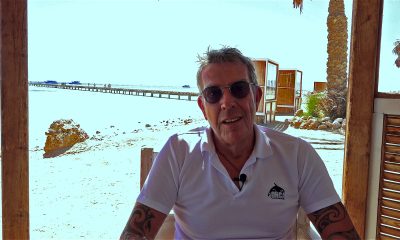
 Blogs1 month ago
Blogs1 month agoSOMABAY: Scubaverse interviews Wolfgang Clausen, General Manager, ORCA Dive Clubs
-
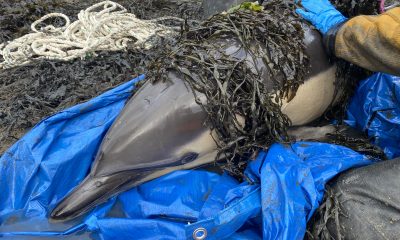
 Marine Life & Conservation3 months ago
Marine Life & Conservation3 months agoStranded dolphin rescued from muddy inlet


